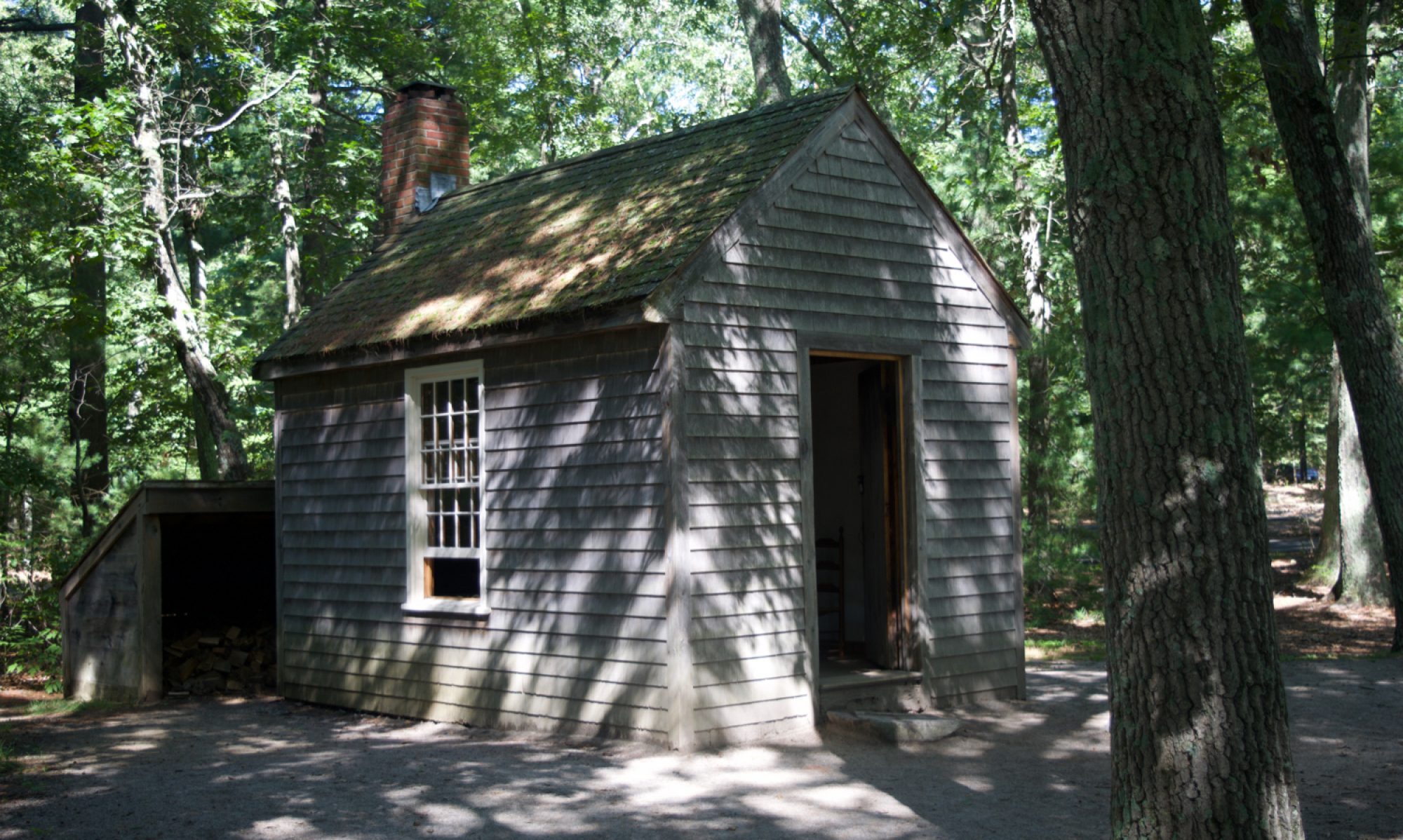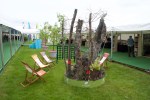I went to the cinema yesterday for the first time since 2019, to see “Land”, starring and directed by Robin Wright, in which her character, Edee, moves to a remote cabin in Wyoming following a tragedy in her former life. I think a lot of the reviewers have missed the point and in this post I dig deeper to explain how it worked for me, and how that’s based on the whole idea of living in a cabin in the wilderness.
I hadn’t planned to see the film but I was in Manchester for the first time this year and I had enough spare for its 90 minutes. I went through Victoria Station on my eventual way to the Vue cinema at the Printworks. The flowers and other tributes from the recent anniversary of the Manchester Arena bombing in May 2017 were still there, and I still had that grief at the back of my mind when I saw the film, in which grief is a major theme.

The film is an emotional journey set against the dramatic mountain landscape. The elements of suspense are in trying to understand the characters’ back stories as the clues accumulate. This post contains spoilers about Edee’s backstory. The further you read, the more spoilers. But there are no major plot spoilers here which are not revealed in the film’s own publicity, including the trailer.
The basic premise is that Edee is a lawyer who has suffered some terrible tragedy and leaves her life in Chicago and her concerned sister Emma behind. She presumably sells up most of her belongings, packs up what she needs in a rented car and trailer, and drives to the northwest of Wyoming, on the edge of the Shoshone National Forest which is adjacent to Yellowstone National Park. The movie itself was filmed in 29 days in Alberta, Canada, at an altitude of 8000ft, and it really shows.
Here she buys a large area of land: enough to be on a mountainside and own everything in the foreground of your view. To be unbothered by trespassers. That is what Edee wants as she is seeking to get away from people. She even arranges with the estate agent to have the rental car taken away when she arrives.
Her property has a log cabin on that mountainside with the majestic view, in which an old man lived and left all the tools needed for survival, including a rifle which she shies away from. The cabin used was built on site specially for the film.
We start to see flashbacks to Edee’s former life with her husband and little boy. We assume they’ve died and this is why she has withdrawn from society. She also imagines them there with her, enjoying the forests and river and feeling at home and happy there, as she struggles with it all.
She has brought supplies for the winter, but she finds her life at the cabin very difficult. For example, she is dependent on firewood for heating, but flounders as she tries using a saw and an axe to turn a small tree trunk into usable logs. She tries using a book about hunting and fishing to supplement her supplies, with mixed results. Even the rather grim and derelict outdoor toilet is daunting.
The setbacks accumulate as predators and winter draw in, but she is eventually helped by a hunter who lives in a nearby town: Miguel, played by Demián Bichir, with a rich and hard to place accent that’s somewhere between his native Mexico, French Canadian, and Native American. They agree he will teach Edee to trap and hunt, and then he will leave her alone.

You could make another film using those elements. Probably one with Reese Witherspoon earlier in her career: helpless city woman flees to a cabin in the woods, flounders around with axes and fishing rods, but is helped, befriended and then loved by a taciturn local man, who himself learns how to open up his feelings. I wonder if these thoughts were lurking in the minds of some unimpressed reviewers?
With Miguel’s help she does indeed learn to live on the land she has chosen. She becomes confident and competent, and can finally lead the isolated and self-reliant life she came to the wilderness to experience. This next clip summarises where she’s got to, and how she sees it. Edee says: “I want to notice more. Notice everything around me more. Know more about here. Be able to survive here and appreciate it.” Miguel responds that she can indeed survive there alone now.
This is not a romantic comedy though, and their relationship progresses no further than deep but arm’s length respect and affection, and intermittent meetings. Eventually she is able to move forward, and make contact again with her sister Emma.
The film has 69% on Rotten Tomatoes, with generally favourable reviews but some negative and lukewarm responses. Some of the reviews have accused the film of being predictable, which has some merit. But their case isn’t helped by the apparent universal missing of the point.
Here we get to a major spoiler. For me, the key image of the film is a drawing by Edee’s son Drew. It’s shown in passing in the trailer, and you can see it here. It’s revealed when Edee gives it to Miguel. I’m guessing it’s the most precious thing she has.

Drew’s drawing shows her dead husband and son fishing in a lake, beside a cabin in a forest, as Edee looks on smiling. The title is “Where I want to live”. I don’t mind admitting that I filled up at this point, alone in a completely empty COVID-compliant cinema. Edee has clearly been trying to live the life her son wanted, based on time spent with his father in the wilderness. An environment that she did not understand or feel comfortable in. She wants to experience that life to better understand her dead son. That’s why what eventually brings her peace and the ability to move on is to “be able to survive here and appreciate it”.
There is also a theme of kindness and redemption, especially due to Miguel’s own back story of grief, and the old idea of withdrawing from society to work through your problems yourself: Miguel even refers to her as his “hermit friend” at one point. Many of us have experienced first hand the healing power of time in nature, both before and during the pandemic.
The final spoiler is the nature of her husband and son’s death.
They were killed in a mass shooting, which explains Edee’s initial reluctance to pick up the previous owner’s rifle despite living in bear country. Perhaps that also explains my deeper emotional connection to Edee’s journey, coming straight to the cinema from those memorials to the mass killing at the Manchester Arena.
The film is in British cinemas now and will no doubt make it to streaming services here in due course. The landscape has a role of its own in the movie, but it’s not shown in sweeping, immersive shots which demand a viewing on the big screen. I’m glad I did see it in a cinema though.
Finally, Robin Wright has given this revealing interview about the production and themes, which goes beyond some of the usual chat show interviews she’s had to do in promoting it.

















